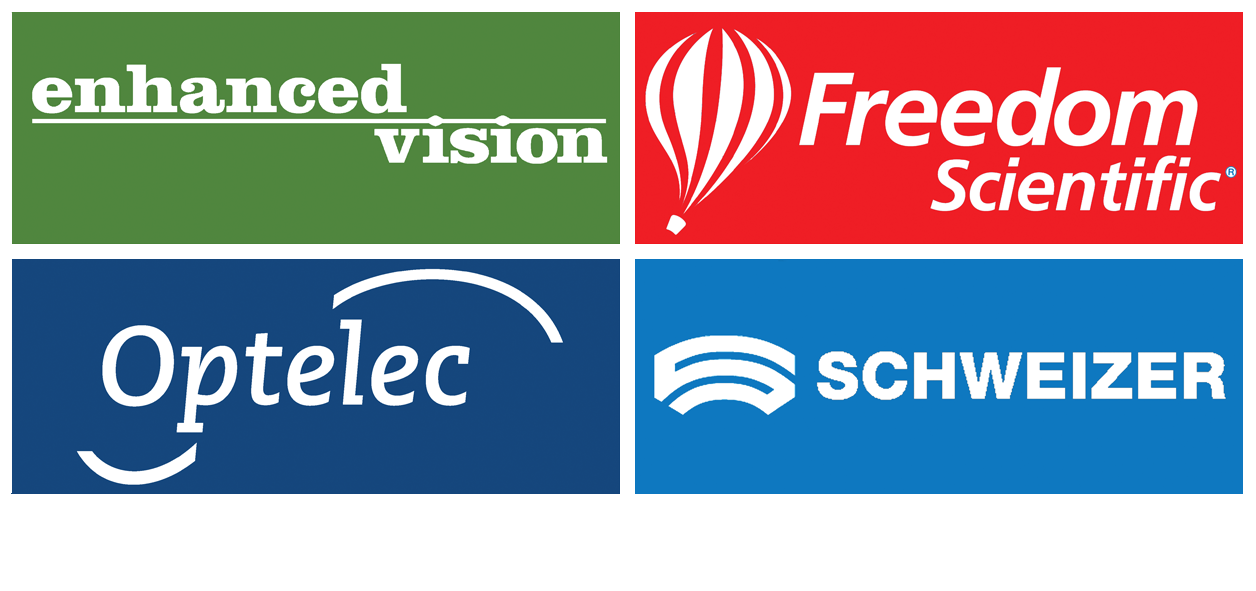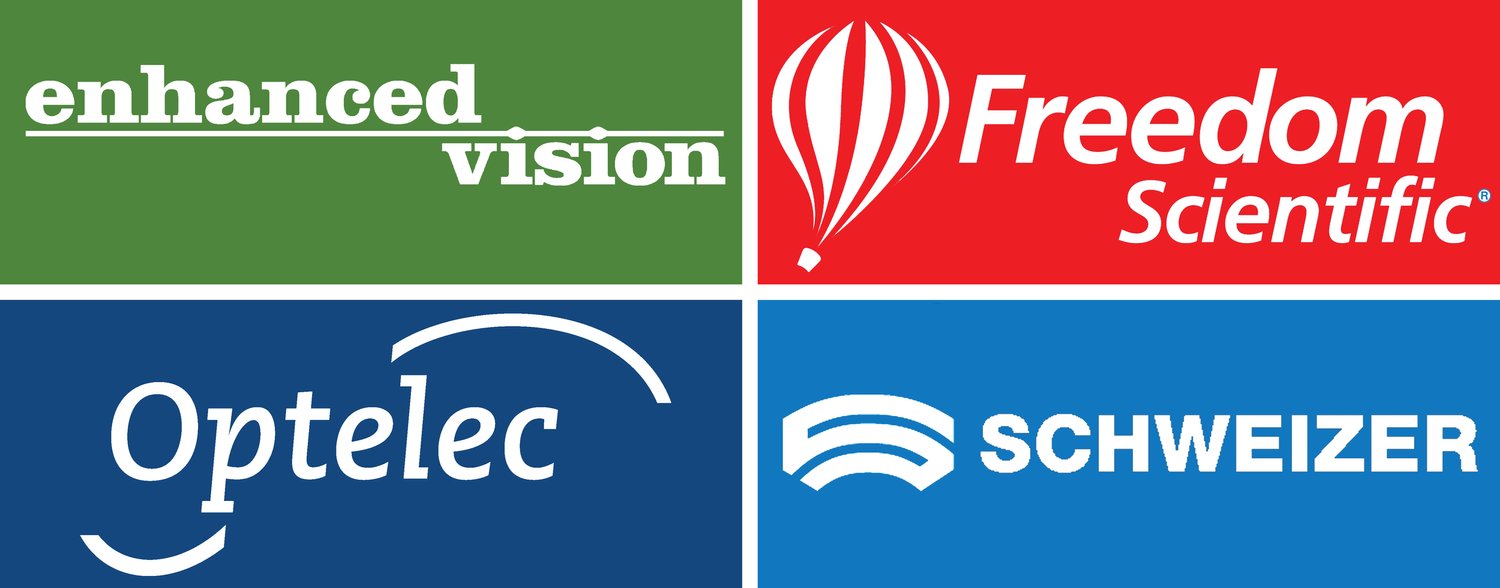What to expect from a low vision assessment (LVA)
A low vision assessment in the UK is designed to help individuals who have impaired vision that cannot be fully corrected with glasses, contact lenses, or medical treatments. The goal is to assess how much usable vision the person has and provide strategies, tools, and support to help them maximize their remaining vision and maintain independence.
Here’s what typically happens during a low vision assessment:
1. Initial Consultation
The assessment usually begins with a detailed conversation about the individual's vision problems, medical history, and daily life challenges due to vision loss. This might include difficulties with reading, recognizing faces, or mobility.
2. Vision Tests
Visual Acuity Test: This measures how well you can see at different distances (e.g., reading letters on an eye chart).
Near Vision Test: This is similiar to reading chart but determines what you can see close up and what magnification solution might be best for you.
Field of Vision Test: This checks for gaps or blind spots in your vision.
Contrast Sensitivity Test: It evaluates how well you can distinguish between different shades of grey or contrasts.
Light Sensitivity: You may be assessed on how well you can see in different lighting conditions.
3. Discussion of Daily Activities
The specialist may ask about how your vision affects your ability to perform daily activities like reading, cooking, using the computer, or walking outside. This helps tailor solutions to your specific needs.
4. Low Vision Aids
After the assessment, the specialist may recommend low vision aids such as:
Magnifying glasses or electronic magnifiers.
Stronger or special lighting.
Large-print books or devices with larger displays.
Tinted lenses or filters to reduce glare.
You might be able to try some of these aids during the assessment.
5. Referrals and Support
If necessary, you may be referred to other services such as rehabilitation specialists, occupational therapists, or support groups.
You might also receive information on adapting your home or work environment to make daily tasks easier.
6. Follow-Up
A follow-up appointment may be scheduled to check how you are adjusting to any aids or strategies and to see if further help is needed.
Where to Get a Low Vision Assessment (LVA)
Low vision assessments are available through the NHS, local authorities or private clinics. Some charities, such as the Royal National Institute of Blind People (RNIB), also offer low vision services. Most opticians will refer you to a GP or low vision clinic if they feel a LVA is needed.
After the assessment, you’ll leave with a better understanding of your vision, and how you can make the most of it, as well as tools to help you manage your everyday activities.

